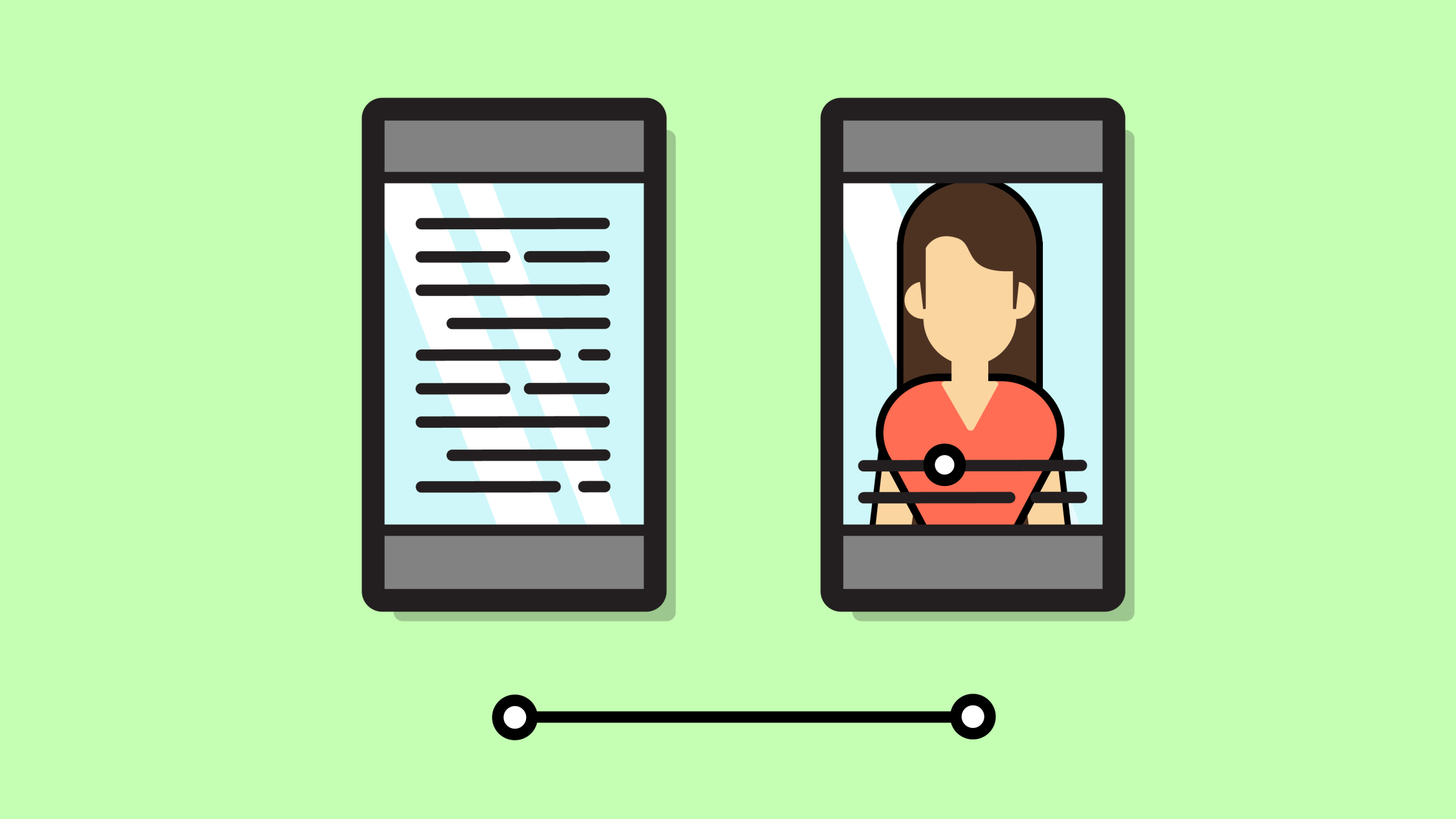

Journalism was born as text printed on paper. When the Internet entered the scene, the easiest and cheapest way to deliver news articles was to shift print articles to the web. That's where things ended up - and now news articles no longer work.
In a recent study the Danish Broadcasting Corporation (DR) discovered an extremely troubling watershed in news consumption: people under 40 years of age spend significantly less time catching up on the news than those older (link in Danish).
According to DR audience research, this change is due to the proliferation of smartphones, whose use is also emphasised in the same age demographic. On phones, traditional news outlets are challenged by giants such as Facebook, Snapchat and Fortnite, which ruthlessly vie for user free time. At the moment, the news has nothing to counter this onslaught.
These media giants have fine-tuned their products on the terms of a phone interface. Here, content is easy to find, it has been optimised for a small, vertically oriented screen, and it includes the user's social circles as part of the service.
The only other place you'll find passive walls of text on smartphones is in emails, e-books and news apps.
So, why are we journalists so stubbornly keeping this conventional approach to reporting alive? The data tells us so.
The web-using public still wants its news in text form. According to a study done by the Pew Research Center in the United States, a majority of 18-29-year-olds would rather read their news than watch or listen to it.

When you combine this with the sheer economy of producing text (news texts require only a small fraction of the time and money needed for video production) sticking with newspaper articles seems to be a sensible strategy. And it would be, if the public was as interested in the news as it was before. But it isn't.
After looking at the graphs and curves presented by DR, you could either feel bitter or humbled, wondering if we're actually on the right track.
The numbers indicate that the news-consuming public prefers reading. In response to this, editorial staffs try to pump out as many high-quality articles as possible. In the news world, text almost always refers to print articles, even though online content found on, for example, Instagram, Wikipedia or subtitled videos is also consumed by reading.
Part of Yle's public will probably want to consume its news in ways that are completely different than used today. This is a good thing. Our primary objective is to increase people's understanding of the world around us. Articles are just a means of doing that.
Attempts to move away from conventional articles are already happening. BBC News packages the day's most interesting stories, customised for smartphone use, in a Videos of the Day section, where the viewer can browse the news in subtitled, vertically-oriented video clips. The Peil news app from Norway's leading newspaper Verdens Gang (VG) has taken this one step further: there are no articles at all. Peil uses, among others, concise bullet points and emojis in its reporting, which is not as bad an idea as you might initially think.
In the near future, Yle will be joining the revolution by launching a new format, which we currently call 'mobile story'. It is a small, but important step toward post-article journalism.
The writer is a Yle News Lab journalist, whose primary goal is to scrap the news as we know it and build something completely new from its pieces.
